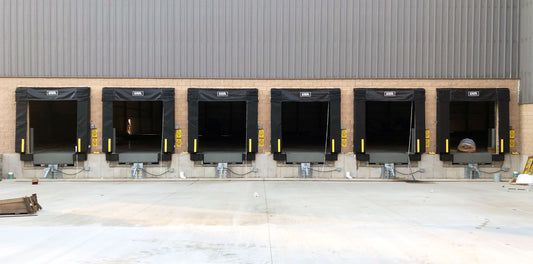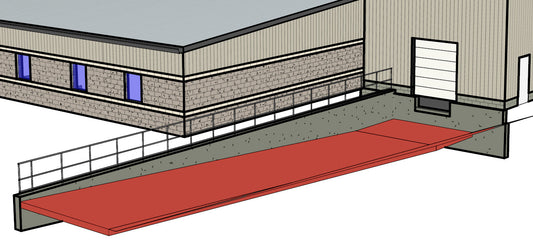Elevators play an essential role in vertical transportation within buildings, enabling the smooth movement of people and goods. Among the various types of elevators, two commonly used options are vertical freight lifts and service elevators. While they might appear similar at first glance, there are distinct differences between these two types of elevators, each tailored to specific functions and job applications.
Freight Lifts
As the name suggests, freight lifts are designed primarily for transporting heavy goods and cargo. They feature robust construction and are equipped to handle substantial weights, ranging from a few thousand to tens of thousands of pounds. These elevators typically have larger dimensions to accommodate bulkier items. Unlike a passenger service elevator, a freight elevator is not designed to carry people and do not meet the same standards or building codes of elevators that do.
Due to their heavy-duty purpose, freight elevators are constructed with reinforced raw materials to withstand the demands of transporting hefty loads. They often have rugged interiors that can endure potential scrapes and dings caused by cargo.
Common applications for freight lifts include warehouse and distribution centers for moving pallets of goods, crates, and heavy equipment between different floors. They are also found in manufacturing facilities where they are used to transport raw materials and finished products within manufacturing plants.
Service Elevators
Service elevators, on the other hand, are intended for the transportation of people, alongside lighter goods. They have a lower weight capacity compared to freight elevators, as their main function is to facilitate movement of staff, maintenance personnel, and small equipment within a building. Service elevators are designed with people in-mind and must meet strict design guidelines and building codes.
Service elevators usually have a more standard interior design, resembling passenger elevators to create a comfortable environment for those using them. Their focus is on providing a convenient means of transportation for people while still accommodating some lighter goods.
Common applications for service elevators include hotels, hospitals and office buildings. They are often used by housekeeping staff to transport linens, cleaning supplies, and luggage without disturbing guests in the main elevators. A service elevator provides a discreet and efficient means of moving supplies and people.
Freight and service elevators contribute to the seamless operation of various industries, however their distinct purposes set them apart. Freight elevators are the workhorses for heavy-duty tasks, facilitating the movement of substantial cargo, while service elevators prioritize the convenience of transporting both people and lighter goods within buildings. Both elevator types describe above are designed to meet different guidelines and building codes. Understanding the differences between these elevators allows businesses to make informed decisions about which type best suits their operational needs, ultimately optimizing their vertical transportation processes. If you are looking for a freight elevator for sale, contact us to discuss your project!




